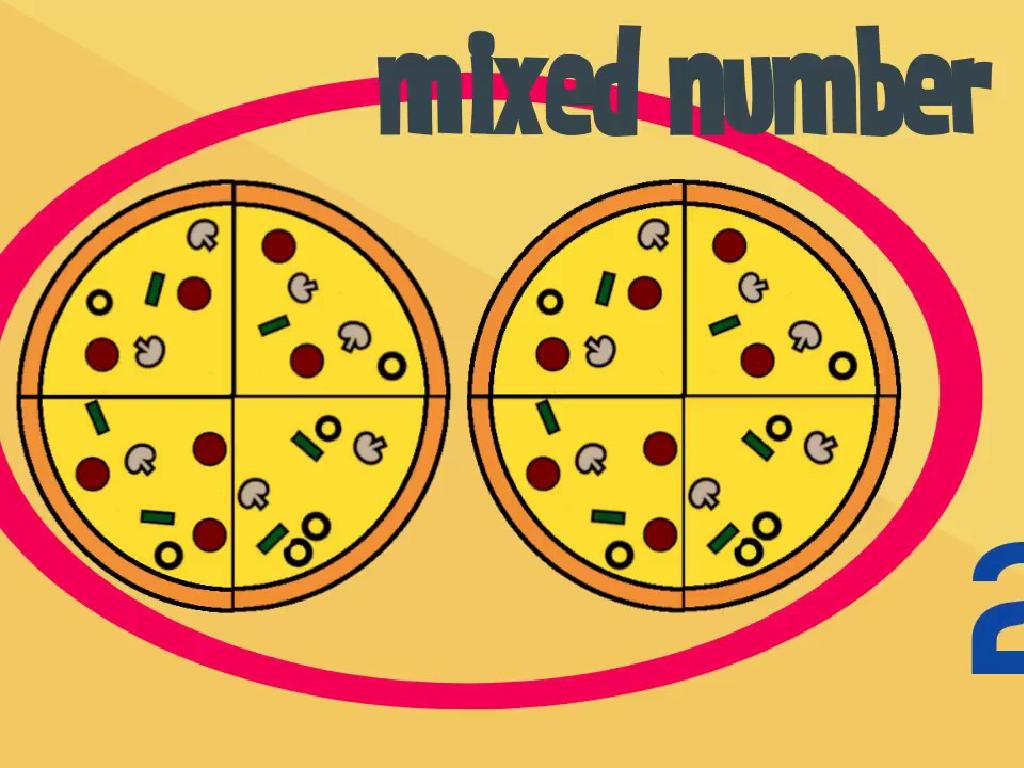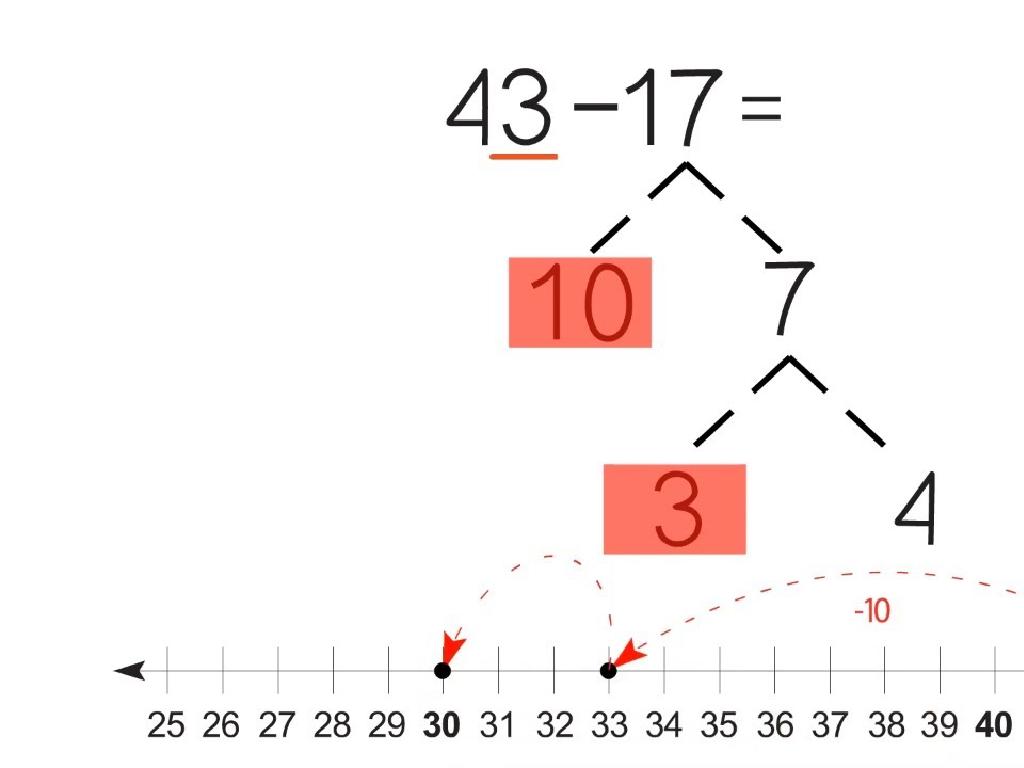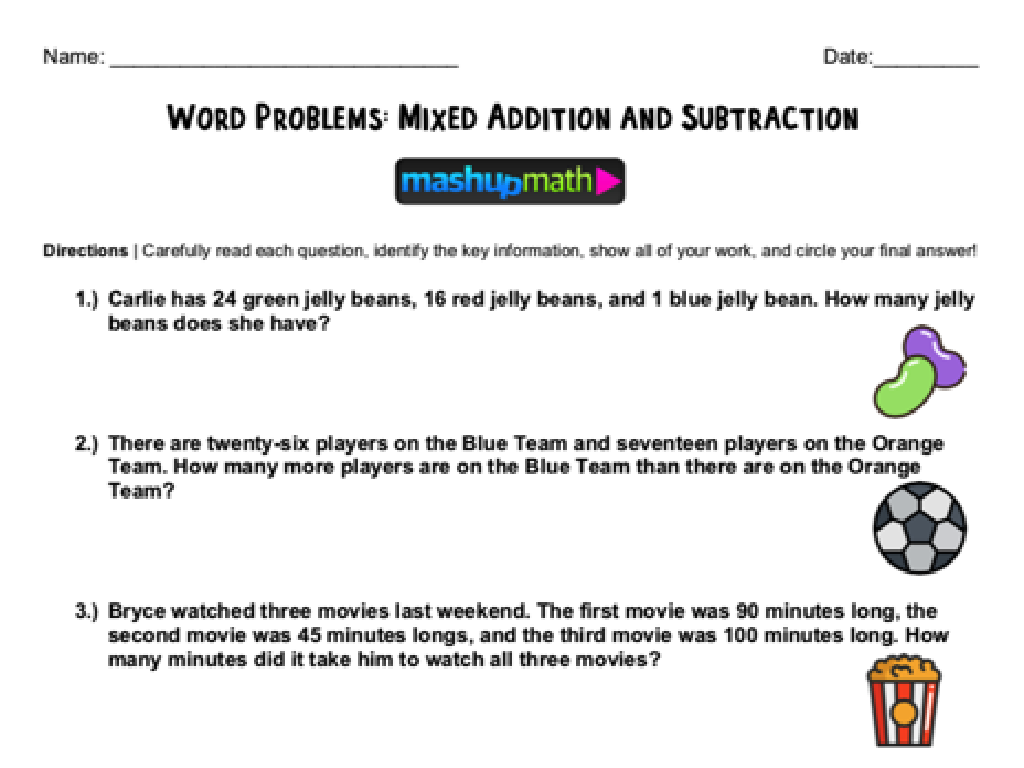Select Parts Of Water Cycle Diagrams
Subject: Science
Grade: Fifth grade
Topic: Earth'S Systems
Please LOG IN to download the presentation. Access is available to registered users only.
View More Content
Exploring the Water Cycle
– What is the Water Cycle?
– Earth’s water cycle is nature’s way of recycling water.
– Importance of the Water Cycle
– It supports all life on Earth, balancing ecosystems.
– Key Parts of the Water Cycle
– Evaporation, Condensation, Precipitation, Collection
– Preview of Today’s Lesson
|
This slide introduces the concept of the water cycle and its significance to Earth’s systems. Begin by explaining the water cycle as the continuous movement of water on, above, and below the surface of the Earth. Emphasize the importance of the water cycle in maintaining life and ecosystems, as it distributes water to various parts of the planet. Highlight the key parts of the water cycle: evaporation (water turns into vapor), condensation (vapor forms clouds), precipitation (water falls as rain or snow), and collection (water gathers in bodies of water). The preview of today’s lesson will focus on these parts, helping students visualize and understand each stage of the water cycle. Encourage students to think about how the water cycle affects weather and the environment.
Exploring the Water Cycle
– What is the Water Cycle?
– It’s Earth’s system of recycling water.
– Water’s continuous journey
– Water moves on, above, and below Earth’s surface.
– The sun: Water cycle’s engine
– Sun’s heat powers evaporation, a key step.
– Water cycle’s role in Earth’s systems
|
Begin with a simple definition of the water cycle, emphasizing its importance in Earth’s systems. Explain how water travels in a continuous loop, moving between the ocean, atmosphere, and land. Highlight the sun’s role as the energy source that drives the cycle, causing evaporation. Discuss how the water cycle contributes to weather patterns and the distribution of fresh water on Earth. Use diagrams to illustrate the stages of the cycle. Encourage students to think of examples of the water cycle they’ve observed in their daily lives, like rain or morning dew.
The Water Cycle: Evaporation
– Water transitions from liquid to vapor
– Evaporation is the first step in the water cycle where liquid water becomes water vapor.
– Sun’s heat powers evaporation
– The sun provides the energy needed for water to evaporate.
– Puddles disappearing post-sunshine
– Have you noticed puddles shrinking on a sunny day? That’s evaporation at work!
– Evaporation’s role in the water cycle
|
This slide introduces students to the concept of evaporation as a key component of the water cycle. It explains how water changes from a liquid to a vapor state, primarily due to the sun’s heat. An everyday example is provided to help students connect the concept to real life: puddles drying up after a sunny day. Emphasize that evaporation is a natural process that continuously occurs in the environment, contributing to the water cycle that supports life on Earth. Encourage students to think of other examples of evaporation they may have observed, such as wet clothes drying in the sun.
The Water Cycle: Condensation
– Water vapor turns to liquid
– When warm air cools, the water vapor in it turns back into liquid water.
– Clouds form in the sky
– Clouds are a collection of tiny water droplets, formed from condensed water vapor.
– Condensation in daily life
– Like the fog that appears on a bathroom mirror during a hot shower.
– Understanding condensation
|
This slide focuses on condensation, a key part of the water cycle. Condensation occurs when water vapor in the air cools down and changes back into liquid form. This process is crucial for cloud formation, which is an integral part of the water cycle. An everyday example of condensation is the fog that appears on a mirror after a hot shower, which helps students visualize and understand the concept. It’s important to explain that condensation is the opposite of evaporation and is responsible for the accumulation of water in the atmosphere, leading to precipitation. Encourage students to think of other examples of condensation they might have observed in their daily lives.
The Water Cycle: Precipitation
– Precipitation forms from clouds
– Types: rain, snow, sleet, hail
– Causes of precipitation
– Temperature and cloud density affect precipitation
– Examples: rain and snow
– Think of times you’ve seen rain or snow
|
This slide focuses on precipitation, a key component of the water cycle. Precipitation occurs when water droplets in clouds become too heavy and fall to the ground in various forms, such as rain, snow, sleet, or hail. Factors like temperature and cloud density play a role in determining the type of precipitation. For example, colder temperatures typically result in snow, while warmer conditions lead to rain. Encourage students to share their own experiences with different types of precipitation and discuss how these weather events contribute to Earth’s water cycle. This will help them understand the practical implications of precipitation in their daily lives and the environment.
The Water Cycle: Collection
– Water collects in various places
– Oceans, rivers, lakes, and underground
– Evaporation follows collection
– Sun heats water, turning it into vapor
– Lakes as collection examples
– Example: A lake refilling post-storm
– Cycle repeats with evaporation
|
This slide focuses on the ‘Collection’ stage of the water cycle, where water accumulates in bodies like oceans, rivers, and lakes, as well as underground. It’s essential to explain that after collection, the water is heated by the sun and evaporates, turning from liquid to gas. Use the example of a lake that fills up after a storm to illustrate how water collects and then eventually evaporates, starting the cycle anew. Encourage students to think of other examples of collection they have observed, such as puddles after rainfall. This will help them understand the continuous nature of the water cycle and its relevance to Earth’s systems.
Infiltration and Runoff in the Water Cycle
– Water seeping into the ground
– This is called infiltration, like when rain soaks into a garden.
– Water flowing over land
– Known as runoff, like rainwater flowing down a street.
– Example: Hill to stream
– Imagine rain on a hill, it runs down into a stream or river.
|
This slide focuses on explaining the concepts of infiltration and runoff as part of the water cycle. Infiltration is the process where water seeps into the ground, replenishing aquifers and becoming part of the groundwater. Runoff is water that flows over the land’s surface, which can lead to streams and rivers and eventually to lakes or oceans. Use the example of water running down a hill into a stream to illustrate runoff. This example can help students visualize the process and understand how water travels through different parts of the water cycle. Encourage students to think of real-life examples they have seen, like puddles disappearing into the ground or water flowing along the side of the road during rain.
Exploring the Water Cycle Diagram
– Examine the water cycle diagram
– Label each water cycle part
– Parts include evaporation, condensation, precipitation, and collection
– Comprehend the connections
– Each stage leads to the next, forming a continuous cycle
– Discuss the cycle’s importance
– The water cycle is vital for sustaining life on Earth
|
This slide aims to help students visually understand the water cycle and its various components. Begin by examining a diagram of the water cycle together as a class. Guide the students to identify and label each part, including evaporation, condensation, precipitation, and collection. Discuss how these parts are interconnected, emphasizing that the water cycle is a continuous process with no real beginning or end. Highlight the importance of the water cycle in maintaining life on Earth, as it distributes water across the planet. Encourage students to ask questions and think about how the water cycle affects weather and climate.
Class Activity: Create Your Water Cycle
– Gather your materials
– Draw the water cycle diagram
Include processes like evaporation, condensation, precipitation
– Label each part of the cycle
Make sure to label the sun, clouds, land, and bodies of water
– Present your diagram to the class
|
This activity is designed to help students understand the water cycle by creating a visual representation. Provide each student with paper, colors, cotton, and glue. Guide them to draw the water cycle, including the sun, clouds, land, and bodies of water. They should depict and label the processes of evaporation, condensation, and precipitation. Encourage creativity in their representation of clouds using cotton and other materials. Once completed, each student will share their diagram with the class, explaining the parts of the water cycle they have illustrated. This will reinforce their understanding and help them learn from each other’s interpretations. Possible variations of the activity could include creating a 3D model, using a computer drawing program, or even performing a skit to represent the water cycle.
Wrapping Up: The Water Cycle
– Review water cycle components
– Evaporation, condensation, precipitation, and collection
– Importance of the water cycle
– It supports all life by moving and recycling water
– Connection to weather patterns
– How the cycle contributes to weather changes
– Get ready for the next class
|
As we conclude today’s lesson, recap the main components of the water cycle: evaporation, condensation, precipitation, and collection. Emphasize the significance of the water cycle in sustaining life on Earth by continuously providing fresh water. Discuss how the water cycle influences weather patterns, setting the stage for the next class. Encourage students to think about how the sun’s energy drives the water cycle and to consider the impact of weather on their daily lives. Prepare them for the next lesson by hinting at the complex interactions between the water cycle and weather systems.






